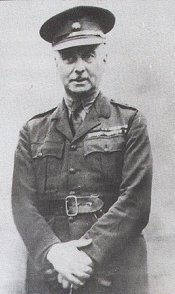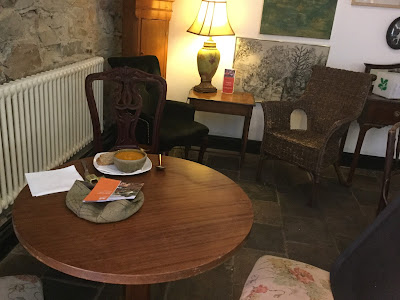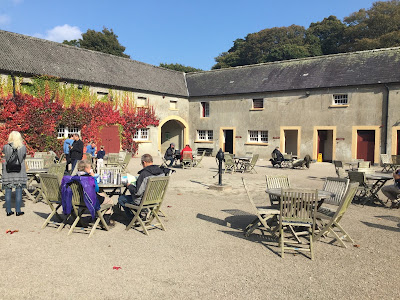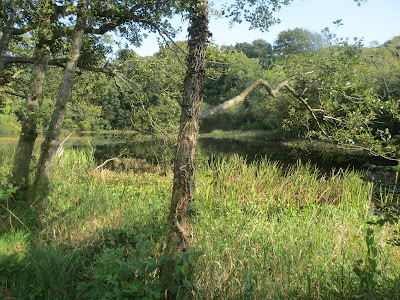It has, I think, seven tables inside; and the kitchen is very small, too; so small, indeed, that Henrik has to turn away many who haven't booked in advance.
I've written often about this special little establishment before.
Henrik, the proprietor, is Danish, and one of the most courteous hosts you are ever likely to meet.
I invariably email Henrik a few weeks before I visit, and last night was no exception; in fact I reserved for three dates.
Incidentally, they are relocating soon to a new and improved location at Calle El Pulpo, near the Dunas Club apartments and the harbour.
I opted for the signature Green Salad as a starter; followed by the salmon, with bearnaise butter, mashed potatoes, and spinach.
Henrik poured me a flute of well chilled cava.
His parents were seated at the table beside me. Henrik introduced me to them, a delightful couple.
The bill was about €25.






























